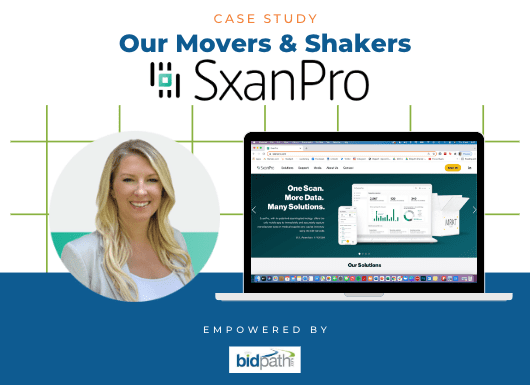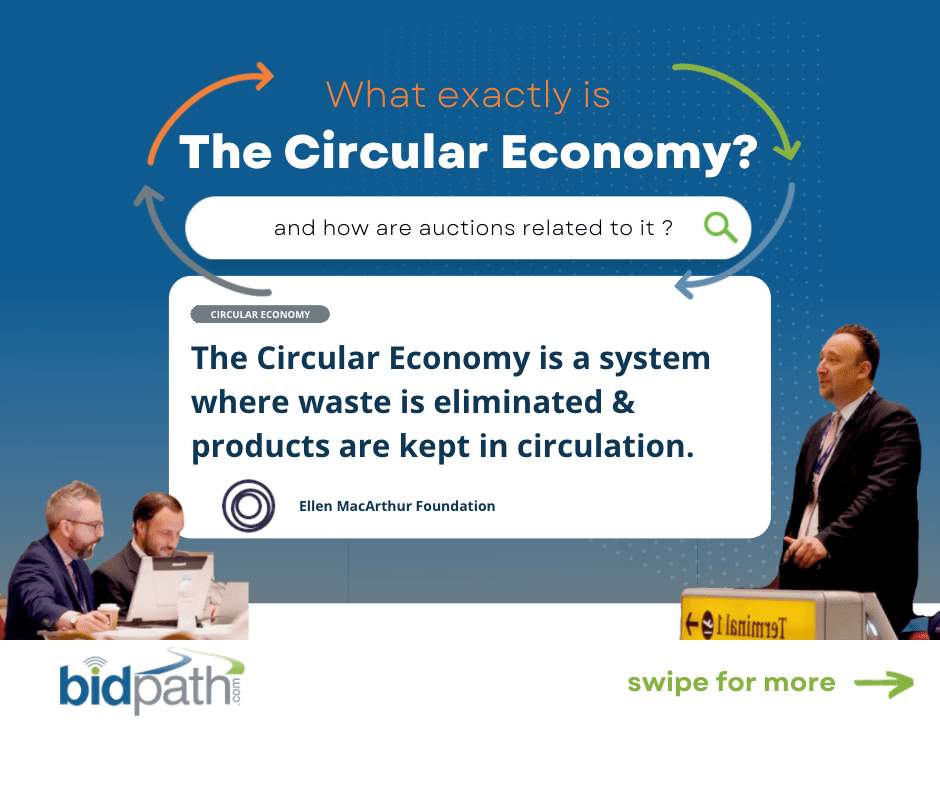How to Replace a Manual Inventory Selling Process with a Scalable, Automated Platform
Dan Main looks at how an automated and scalable process can add to recovery rates while reducing workload for the resale of inventory.
With a potentially huge volumes of inventory from retail returns, overstock, trade ins or other sources landing in warehouses around the world, many companies have to think on their feet when it comes to managing the sale of this surplus inventory.
So it’s no surprise that the simplest solution can be to simply email a group of known buyers with a large list of items on a monthly basis, take the best offer, and send out an invoice.
But this method has the potential to undervalue the items you are selling, while adding complex and time-consuming processes to your business which are difficult to scale up.
If you’re following any of these 4 processes currently, it’s time to make a change:
- You’re only taking ‘sealed bid’ offers instead of allowing competitive auction-style bidding.
- You’re manually receiving, reviewing and accepting offers by email or phone.
- You’re selling assets in groups of 100s, or even 1,000s.
- You’re not promoting your auctions to a wider range of new buyers.
1. Are you only taking ‘sealed bid’ offers instead of having competitive bidding?
Hold an auction!
Sealed bids have a place, but they should be the exception not the rule to selling your retail returns.
Taking this route repeatedly means buyers get used to the ‘normal’ level they need to be at to win a bid.
This could be significantly below the market value.
Competitive auction bidding enables buyers to see when they’re about to lose out on an item. It’s a powerful incentive to bid again, and for buyer’s to consider the true amount that they wouldn’t want to ‘miss out’ at. This results in repeat bids until an item finds its true market value.
Make sure when you move to auction bidding that your platform has two key features:
- Staggered closing of lots, anything from 10 seconds to 1 minute. This means buyers can follow the auction as it closes and ensure they are available to bid.
- Automatic extension of lots – this prevents ‘sniping’, which is last minute bidding in an attempt to win an item at a lower price.
2. Are you manually receiving, reviewing and accepting offers by email or phone?
Streamline and Automate your Processes!
A spreadsheet and email based sales system has a limit to how much can be sold, without having to combine assets into ever larger packages. It also requires multiple contact points to issue the inventory list, receive offers, assess which offer is highest then confirm acceptance.
Instead, a system that allows the listing of multiple (100s or even 1000s) lots for a fixed period of time, closing automatically, then identifying and accepting the highest bid, then invoicing the buyers, means that a significantly higher volume of sales can be achieved this way.
This system can also be scaled up – additional staff can access the system (with varying permission levels), multiple locations and regions can access the system, and different asset classes can be included for sale. You may find that once one location starts using the system, many others can follow.
In addition – if you allow a period of access to a sale event for internal users only, you can enable an asset redeployment system on a global scale. While this is not relevant for many retail returns, we know that some companies will sell inventory internally in this way.
3. Are you selling assets in groups of 100s, or even 1,000s?
Shrink your Lot sizes!
We reviewed 2023 sales of 225 auction lots (accounting for 7,600 items in total) in the Electronics and Computing category from public marketplace sales data based on the quantity of each lot. We split them into two groups – the top 50% by quantity per lot (which averaged 60 items per lot), and the bottom 50% by quantity per lot (averaging 10 items per lot):
The differences were stark, even though the overall MSRP of the two groups we similar, we found:
- There were 3 times as many bids on the low quantity lots.
- The sale amount achieved for the low quantity lots was 2.3 times higher
- The low quantity lots sold on average for 25% of MSRP, while the high quantity lots sold for an average of 12% of MSRP.
- This pattern was seen for both functional and ‘salvage’ category items.
- The benefit in value seems to kick in at around 10 items per lot, any lower than that did not see a significant increase in sale price as a % of MSRP.
This finding isn’t surprising – by reducing the size of lots, you are allowing a greater number of buyers to purchase from you, giving them extra flexibility for the range of items they can purchase for the same amount.
For some business, however, we appreciate that the huge volume of returns they see doesn’t given them the option of breaking down lots. But look at this regularly, and consider being selective where you can. Electronics is one of the key areas where breaking down the lot size can give a significant benefit, so look at the categories you handle and experiment with smaller lot sizes (and see for yourself if the extra value warrants the effort).
4. Are you promoting your auction to buyers?
Tell the world!
Even marketplaces with a large existing buyer base have to constantly search for new buyers.
We analysed a sale in February 2023 for a marketplace with a large and active buyer base, but with ongoing marketing. We were surprised to see that a significant number of the major buyers were new in that month:
- SEO – Ensuring the SEO is effective for your e-commerce or auction platform so buyers find your sales organically through search engines. Building quality backlinks, and providing quality content useful to your audience (and targeted at keywords they are searching for) all assist in SEO.
- Sales Events – Consider ‘sales events’ rather than ongoing sales – you may find it easier to promote your ‘April 2023 Electronics Retail Returns sale’ through various routes including press releases and social media, rather than ongoing sales in smaller quantities.
- Social Media – have social media accounts linked to your returns site, used as a resource to promote the sales through highly targeted paid advertising as well as foster a community online. Youtube can be a great resource, both through your own channel and by linking into Youtube accounts with high numbers of subscribers and asking them to promote your platform.
- Brand – Look at anything else you can do to promote the sale with your existing marketing – If possible, use your own company name to promote the auction sales, your existing social media channels
- External Emails – if you buy an external email database, be very selective, request the performance of their last email campaign and look for a click through rate of 3-6% or more.
- Measure – MOST IMPORTANT OF ALL! If you’re not measuring the effectiveness of your marketing, then you could be throwing money down the drain over and over again. Use Google Analytics, and any built in tools your auction platform has (such as referrer links for users).
Closed Platform Sales
When you are selling through a closed or private platform (as many of our Bidpath retail clients do), marketing has different considerations as you can’t promote these publicly. You may be relying on a handful of known repeat buyers; this can be the case when buyers need to agree to more stringent terms of resale such as regional restrictions, and it is understandable if the buyer onboarding process is complex.
However, even on private closed platform, buyers come and go, and you still need to try and increase the buyer base wherever possible.
Reach out using resources like those offered by the Reverse Logistics Association, or talk to industry professionals about how you can build a buyer base without sharing details of the auctions publicly.
See our recent webinar with the Reverse Logistics Association here (members only), or contact us directly for more advice on marketing your assets.
Contact Us for a demo today if you’re interested in increasing the efficiency and recovery rate of your inventory sales.
Conclusion
There are a number of actions you can take to streamline, automate and scale up your sales of inventory.
Our Bidpath auction platform offers all of the features we have listed above, and many more.
To learn more about how you can take control of your reverse supply chain with Bidpath, check out the links below:
click here






